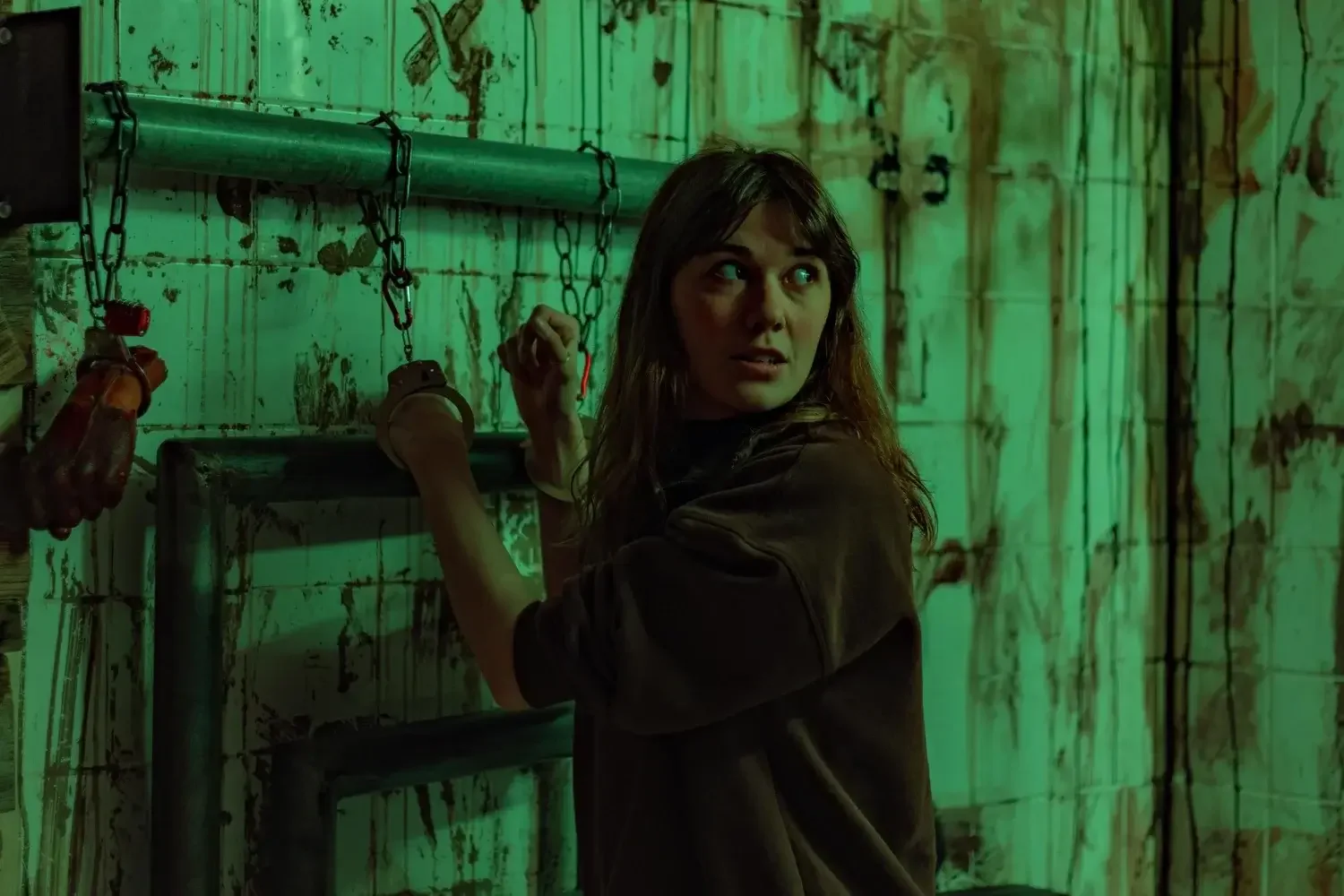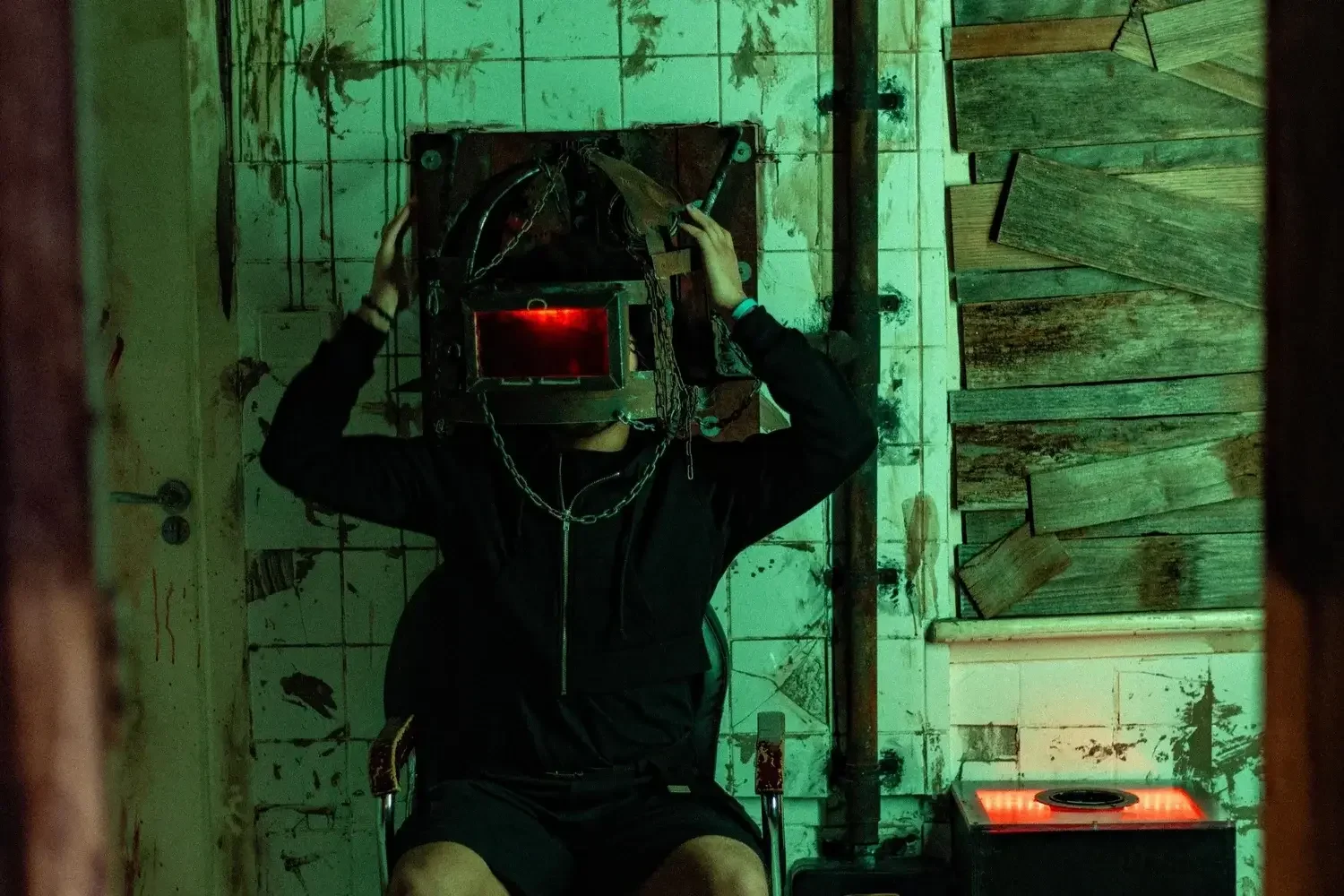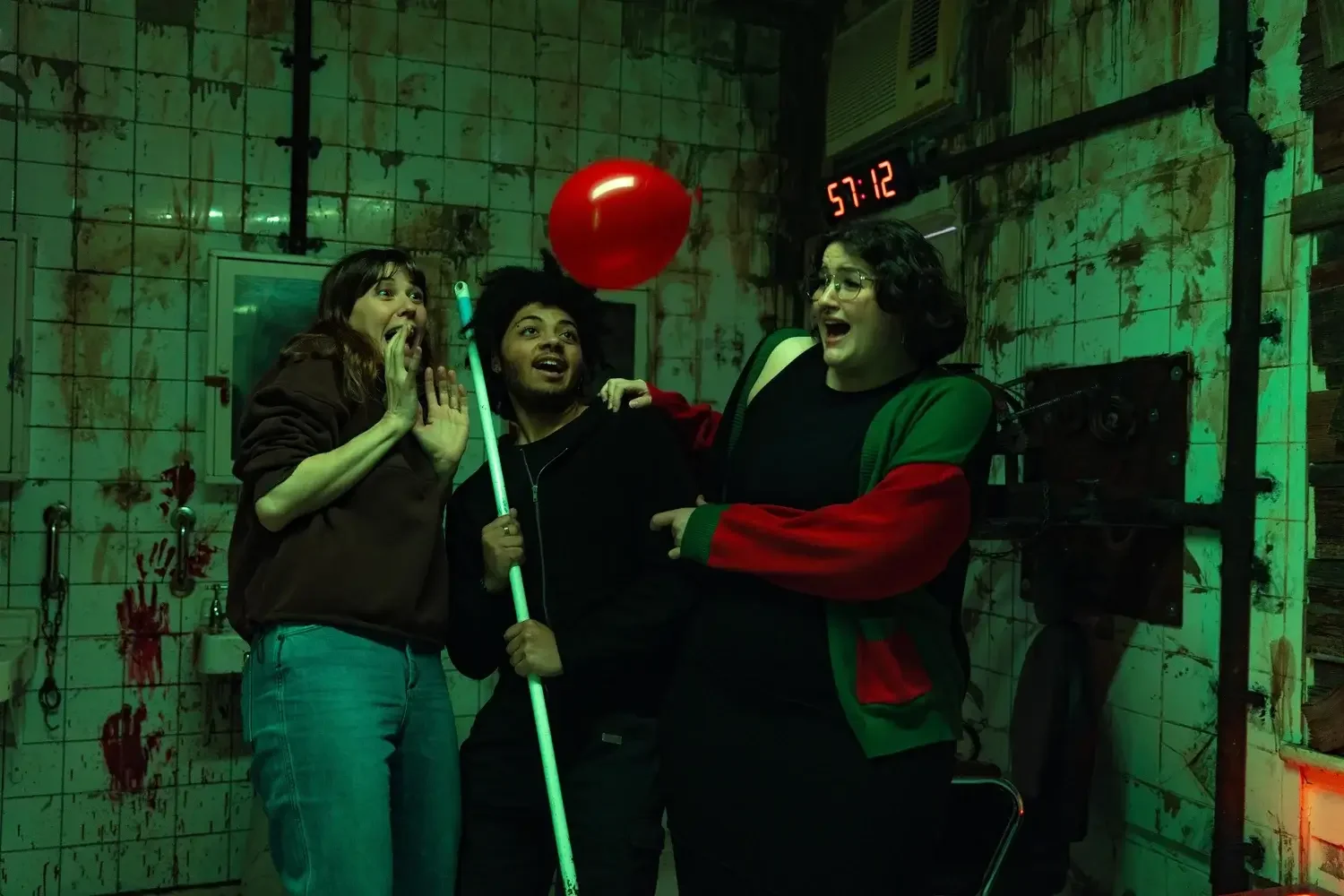Puzzle games have been gaining popularity for their ability to challenge the mind while offering a sense of achievement. What many players don’t realize is that the best puzzle games often tap into a deep-rooted psychological element: fear. When used carefully, fear can make gameplay more intense, engaging, and memorable. This article explores how fear works in puzzle games, why it captivates players, and tips for designers to craft experiences that are thrilling but balanced.
The Psychological Foundations of Fear in Gaming
Understanding Fear as an Evolutionary Response
Fear is one of our oldest survival instincts. It evolved over thousands of years to warn us of danger and keep us safe. When we sense something threatening, our bodies react by releasing adrenaline; our hearts beat faster, and our minds focus sharply. Puzzle games artfully use this instinct by creating scenarios that mimic real threats—urgency, darkness, creepy sounds—triggering our natural response to danger. This makes players stay alert and more involved with the game.
The Role of Anxiety and Suspense
While fear can be overwhelming, anxiety and suspense are more subtle feelings that add excitement. Anxiety is that nervous anticipation of what’s to come, like the tension when you're about to open a mysterious door. Suspense keeps you on the edge of your seat, wondering if things will go wrong. These emotions work together to heighten your focus, pushing you to pay attention to every detail of the puzzle.
Cognitive and Emotional Processing of Fear
When players face fear, they interpret it based on their experiences and perceptions. This can lead to feelings of excitement, curiosity, or even frustration. Fear impacts how well we solve problems—sometimes helping us stay sharp, other times making us second-guess ourselves. Understanding this emotional mix helps game designers craft puzzles that challenge you without overwhelming you.
Types of Fear in Puzzle Games
Psychological Fear: Anxiety, Apprehension, and Tension
Many puzzle games use psychological fear to boost immersion. Escape rooms are a prime example—they make players feel like time is running out, creating a rush of anxiety. Horror-themed puzzles, like our HackSaw series (based on the Saw franchise), use dark environments and unsettling elements like handcuffs and blindfolds to induce apprehension. These fears make solving puzzles more challenging because they trap you in a tense mental state.
Visual & Auditory Fear Cues
Eerie visuals like shadowy figures or flickering lights instantly set a creepy mood. Sounds are equally powerful—haunting whispers, sudden noises, or ambient noises can increase feelings of unease. We feature these elements heavily in both our HackSaw rooms and Conjoining game. When combined, these cues deepen your emotional response and draw you further into the game’s atmosphere.
Narrative-Induced Fear
Stories can also evoke fear by setting the scene. A backstory involving haunted houses or sinister experiments can amplify tension. When the game’s environment matches the story—Ominous corridors or broken-down rooms—it becomes easier to feel fear and stay engaged. Good storytelling builds emotional depth that keeps players invested.
How Fear Enhances Engagement and Player Motivation
The Thrill of the Unknown
Fear fuels curiosity. When players don’t know what’s behind the next door or what dangers lie ahead, they're motivated to try again and figure it out. Uncertainty keeps players attentive—and that means they’re more likely to stay hooked longer. Suspense can increase game retention because players enjoy the thrill of discovery.
Mastery and Challenge
Fear often makes players more determined. The worry of failure pushes you to be careful, think harder, and persist through tough puzzles. A good example is a game where solving a seemingly impossible riddle feels like overcoming a real danger—winning that battle against fear creates a sense of mastery.
Emotional Catharsis and Satisfaction
Once players conquer a fear-inducing puzzle, they experience relief and joy. This emotional release is rewarding and makes the game feel meaningful. This positive reinforcement can encourage players to keep exploring, seeking that same rush of achievement again.
Design Strategies for Incorporating Fear in Puzzle Games
Balancing Fear and Safety
Fear must be used carefully. Too much, and players might quit; too little, and the tension vanishes. Game designers should pace the game, gradually building up the intensity. Escalation keeps players engaged without overwhelming them.
Sensory and Narrative Techniques
Sound design, visuals, and storytelling are key tools. For example, in our “It’s Nightmare” escape game, we start with telling the players why they’ve ended up in this room. It happens in a spooky, dimly lit hallway with a carnival soundtrack and storm noises playing. Successful horror puzzles often combine visuals and story—like ominous music paired with a haunted setting—that evoke fear naturally.
Ethical Considerations
While fear can heighten excitement, it’s important to avoid causing distress or trauma. Designers should create experiences that are challenging but not upsetting. Making sure the game is inclusive and accessible also helps ensure everyone can enjoy the adrenaline rush safely.
The Impact of Fear on Player Psychology
Effects on Cognitive Function
Fear can sharpen focus or cause distraction. When managed well, it enhances memory and problem-solving. That’s why carefully designed fearful moments often lead to "aha" moments after the tension subsides.
Emotional and Behavioural Responses
Fear can cause excitement, avoidance, or persistence. Some players find themselves eager to face fears head-on, while others might back away. Recognizing these reactions helps designers tailor experiences that motivate rather than alienate.
Long-term Implications
Playing puzzle games that include controlled fear may help build emotional resilience. Some suggest that facing small fears in games could even have therapeutic benefits, teaching players to cope with stress and anxiety in real life.
Conclusion
Fear is a powerful tool in puzzle game design. When used thoughtfully, it boosts engagement, deepens emotional connection, and makes victories even sweeter. Responsible use of fear creates memorable experiences that challenge players without crossing into distress. As both players and creators, understanding the psychology behind fear in puzzle games opens doors to richer, more immersive worlds. Ready to challenge your mind and emotions? Book now to dive into puzzles that harness fear and unlock your inner resilience!




